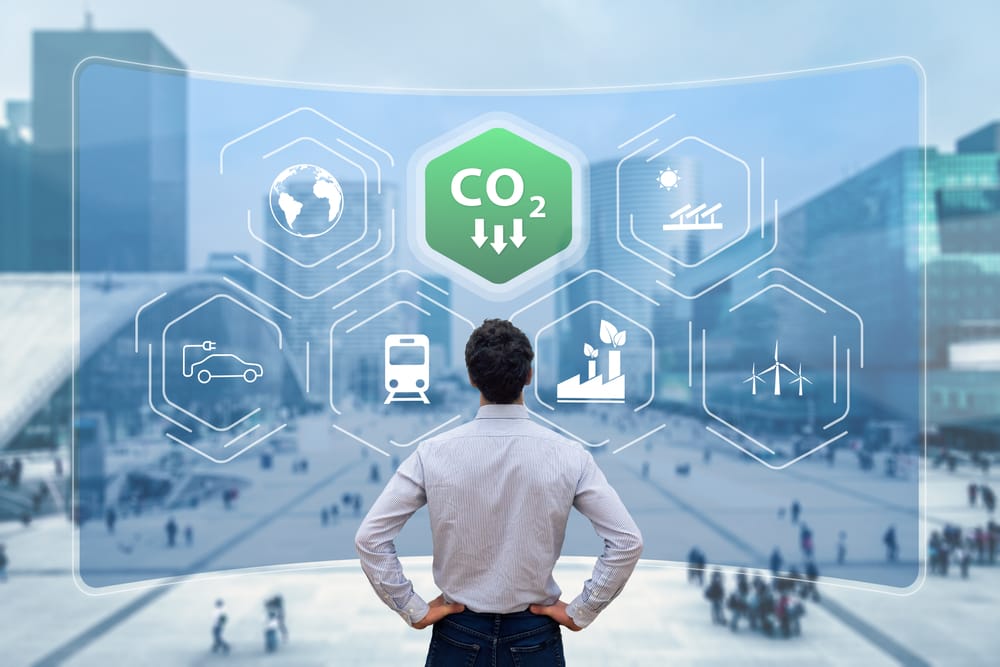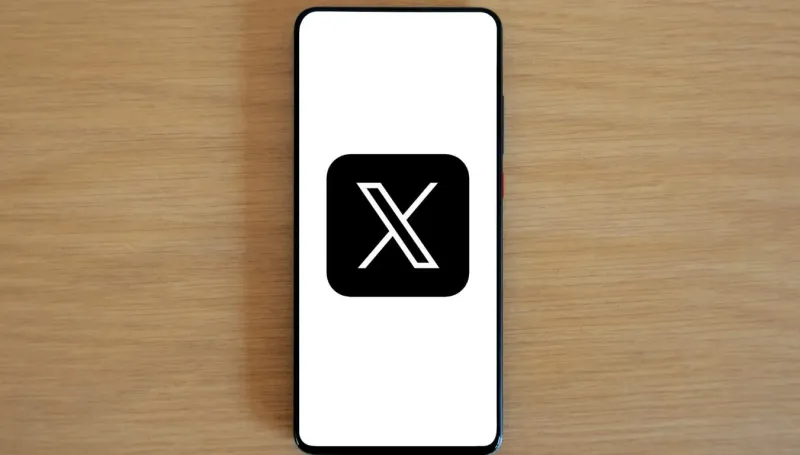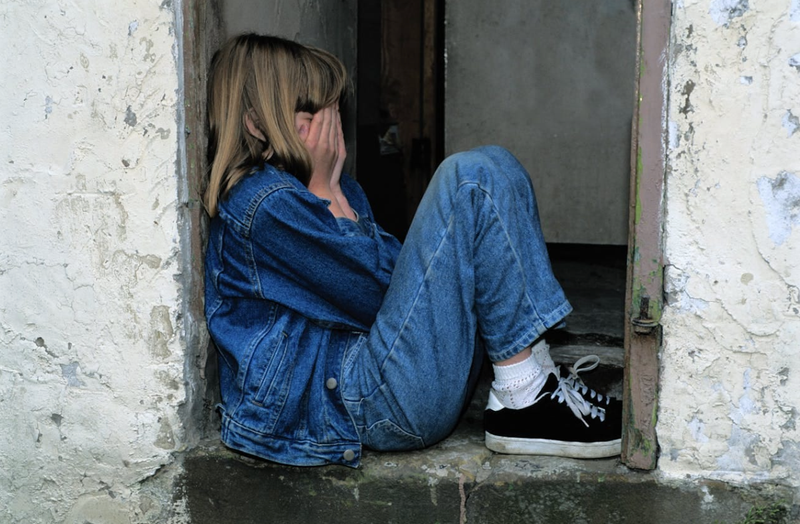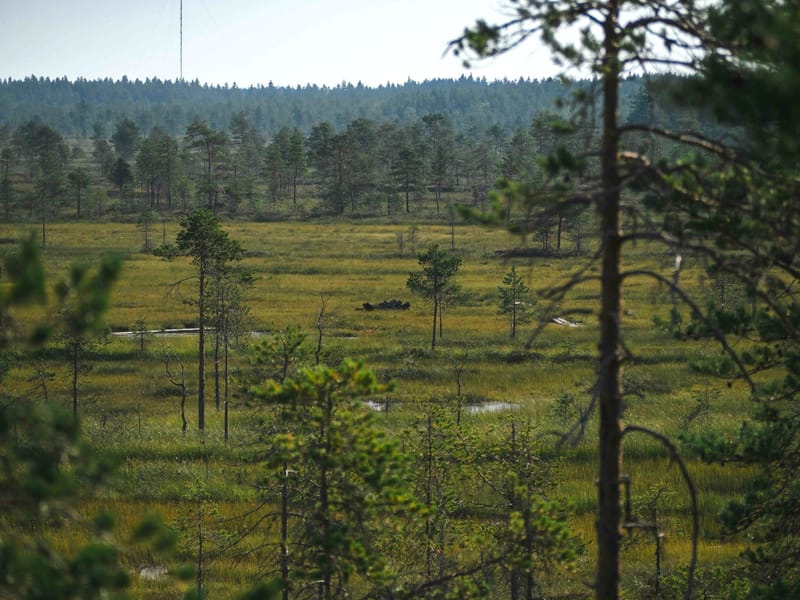Emissions trading is the best action on climate policy, and we must have the courage to trust it
Emission reductions are progressing rapidly through effects of emissions trading and miserably in other sectors. The clear conclusion is that broader market-based pricing of coal pays off. Emissions trading is the best way of climate policy, writes Atte Harjanne.

One of the cornerstones of green policy is the polluter pays principle. In other words, setting an adequate price for environmental damage steers the market towards reducing or even eliminating environmental pollution. The price for the damage can be set by means of a tax or by auctioning emission rights.
Probably the most important damage pricing mechanism in the world is the European Union’s Emissions Trading System (ETS). It is an auction with a cap on greenhouse gas emissions. If you want to emit carbon dioxide in your business, you need to buy emission allowances corresponding to your emissions. Such a cap-and-trade model locks in the maximum amount of emissions, and the price of permits to pollute is determined by supply and demand. At the same time, emission reductions are directed to where they can be achieved most cost-effectively.
The advantage of emissions trading over a carbon tax is that, in principle, it will definitely achieve the set goal. In addition, the price adjusts according to the market and brings cost-efficiency. A tax is more rigid, but of course more predictable in terms of costs and profits, and administratively lighter. At present, however, the EU cannot directly impose taxes.
Emissions trading plays a role, but is still incomplete
EU emissions trading started in January 2005. In the beginning, there was an oversupply of emission allowances, but today the mechanism works quite well and has brought emissions from EU energy production and industry down by about 47 percent. At the same time, it has generated more than €150 billion in revenue for member states over the past ten years.
Last year, Finland received EUR 582 million revenues from emissions trading auctions. It has also been possible to produce emission reductions at a lower cost than estimated just a few years ago.
However, EU emissions trading is not perfect – at least not yet. Its shortcomings are insufficient coverage and the problem of overlapping regulation that interferes with the market mechanism.
After all, ETS emissions cover only about 40% of the EU’s emissions. It currently covers energy production in large installations, industrial processes and intra-EU air transport, as well as, progressively, large ships carrying commercial cargo and passengers.
The transport sector, with the above-mentioned exceptions, has been excluded from the emissions trading scheme, and the reduction of emissions in this area has been dismal. The same problem has existed with the heating of buildings in large parts of Europe, where heating is not done with electricity or district heating, but with decentralised gas burning.
Transport, buildings and small industries will have their own ETS, known as ETS2, from 2027, which will remedy the situation. ETS2 differs from the original ETS in that the purchase of emission allowances is the responsibility of fuel distributors, not its burners. This means that you will not have to buy emission allowances yourself when filling up your car.
We are left with agriculture, which accounts for about a tenth of the EU’s greenhouse gas emissions, and where emissions reduction has also progressed quite sharply. Agriculture should therefore be included in the emissions trading scheme. This has been advocated by, among others, Denmark, a major agricultural country.
In addition to emissions trading in agriculture, it would be appropriate and fair to include carbon sequestration as part of the same market mechanism, which would also create cost-effective incentives for it. As a rule, verifying carbon sequestration is more difficult than monitoring emissions, but certainly is not impossible. Calculating accurate emissions from agriculture also has its own challenges. Developing satellite measurements and other research will help, and the system could work in such a way that emissions would be taken into account by means of standardised coefficients, unless it is possible to show smaller emissions by measuring themselves.
Taking the land use sector into account as part of the market mechanism would also help to ensure that biomass combustion is no longer a free rider in the system. Its emissions are excluded from the emissions trading scheme, as they are calculated as being generated in connection with felling or harvesting, the LULUCF sector. The problem is that this arrangement leads to the polluter not paying for the climate impact of biomass, but socialising the cost as everyone’s problem.
Carbon tariffs can leverage the rest of the world
Another challenge in the coverage of emissions trading is that it only extends within the EU’s borders. This has led to concerns about carbon leakage, i.e. the relocation of emission-producing industries outside the Union. It is obvious that a fair playing field should not give an advantage to those not caring about climate emissions.
Concerns about carbon leakage have been countered by free allocation of emission allowances, even though the evidence on carbon leakage as a phenomenon as a whole is contradictory. Whether there is cause for concern or not, the best way to mitigate carbon leakage is to impose carbon tariffs. With carbon tariffs, importers pay the same carbon price for emissions from production as in the EU emissions trading scheme. If a reasonable carbon price has already been paid for emissions in the country of origin, no carbon tariff will be paid. This will encourage the introduction of carbon pricing mechanisms at global level.
The introduction of such a carbon tariff mechanism began gradually in late 2023 and is known as the Carbon Border Adjustment Mechanism (CBAM). So the playing field is already leveling, as is smart. It would appear that CBAM already has global leverage.
Overlapping regulation disrupts operations
The coverage of the ETS is therefore set to improve significantly in the future, and that is a good thing. In addition to coverage, the problem with emissions trading has been overlapping regulation that partly erodes the effectiveness of the mechanism. The EU and the Member States have been very eager to lay down detailed obligations related to renewable energy, energy efficiency and total energy use. The intentions are good, but the consequences are poor in many respects. The EU’s country-specific obligations for renewable energy, the origin requirements for hydrogen and Germany’s nuclear ban are examples of unnecessary additional regulation.
The EU’s renewable energy targets have, on the one hand, discriminated against nuclear power in energy policy and, on the other hand, encouraged far too much reliance on biomass. With regard to energy efficiency, there is a risk that cost-inefficient measures are required and that energy policy objectives are contradictory. For example, switching to emission-free production with hydrogen or using raw materials more efficiently may require more energy.
The increase in energy use will not be a problem in the long term, but the problem is the emissions and nature impacts of energy produced unsustainably now. A price must be put to these effects now so emissions trading will steer us towards energy efficiency.
Overall, emissions trading is a sensible, proven and cost-effective market mechanism that the EU should rely on much more. Emissions trading must eventually be extended to cover practically all emissions and carbon sinks, as long as they are additional and verified. Such an approach, combined with strict science-based, climate targets, would largely be enough to steer the EU’s emissions on a sustainable path, while leveraging the rest of the world in the right direction with carbon tariffs.
So let us not make the necessary transition any more difficult.
Atte Harjanne
The author is the chair of the Green parliamentary group
Original in Finnish:
Päästökauppa on ilmastopolitiikan paras keino, ja siihen pitää uskaltaa luottaa
Translated by Green Sisu





